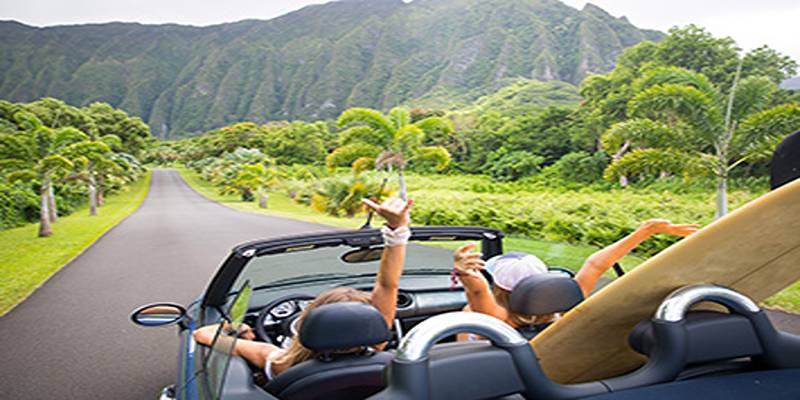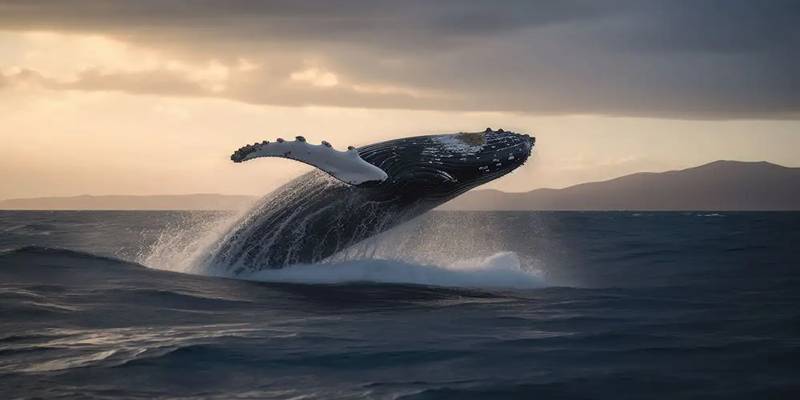Introduction
Hawaii is a dream for many tourists, and it would be rightfully so due to the focus on the development of stunning beaches, verdant greenery, and cultural sights. Surprisingly, planning for a Hawaii trip is not very easy, especially if it is your first time traveling there.
Hence, when choosing one or more islands, the type of activities, debris, and cultural values it is important to prepare. Here are 10 basic suggestions on how to organize your first trip to Hawaii, which will be cozy and extraordinary.
1. Choose the Right Island for Your Adventure
Hawaii consists of several islands, each offering its own unique experiences. Oahu, the most visited island, is known for its mix of city life and natural beauty, featuring sites like Waikiki Beach and Pearl Harbor. Maui offers a more relaxed vibe with scenic drives, waterfalls, and stunning beaches, while the Big Island is ideal for adventure seekers interested in volcanic landscapes. Kauai, known as the "Garden Isle," is perfect for nature lovers with its lush scenery and smaller crowds.
Choosing the right island is key to having a trip that matches your interests and preferences. If you have time, consider island-hopping to experience the diversity Hawaii has to offer.
2. Pack for Hawaii's Varied Weather
Hawaii's Tropical Climate is generally warm, but temperatures and weather can vary depending on the island and altitude. Coastal areas are usually warm, while higher elevations, like Haleakal on Maui, can be cooler. Pack light, breathable clothing for warm days, along with a light jacket for cooler evenings and high-altitude visits. Essentials include sunscreen, a hat, sunglasses, and comfortable footwear for hiking or exploring.
Rain showers are common, so a small rain jacket or poncho can come in handy. By packing wisely, you'll be ready for any adventure the islands bring.
3. Budget for Your Trip
Hawaii can be an expensive destination, so it's helpful to plan your budget. Accommodation, food, and activities can add up quickly, especially in popular areas like Waikiki. Consider booking accommodations in advance to secure better rates, and look for options like vacation rentals, which can save you money compared to hotels.
For meals, try local food trucks or farmers' markets, where you can enjoy delicious Hawaiian food at a reasonable price. Planning a mix of free activities, like beach days and scenic hikes, along with a few paid experiences, can also help balance your budget.
4. Rent a Car for Flexibility

In Hawaii, having a vehicle allows you the flexibility to go beyond of well-known tourist destinations and find undiscovered treasures. While public transportation is available on some islands, it may not reach all the attractions you want to see. Renting a car makes it easy to visit remote beaches, scenic viewpoints, and lesser-known spots.
Book your rental car in advance, especially during peak travel seasons, to ensure availability and better rates. Driving around the islands allows you to set your own pace and create a personalized itinerary.
5. Respect Local Culture and Traditions
Hawaii has a rich cultural heritage, and respecting local customs is important for a positive experience. The Hawaiian concept of "Aloha" encompasses kindness, respect, and a welcoming spirit, which visitors are encouraged to honour. Be mindful of sacred sites, and always ask for permission before entering or exploring areas with cultural significance.
Learning a few Hawaiian words, like "mahalo" (thank you) and "aloha" (hello), shows respect for local culture. By practising respectful behaviour, you'll contribute to a welcoming environment and enrich your trip.
6. Plan Activities in Advance but Stay Flexible
Hawaii offers a wide range of activities, from snorkeling and surfing to hiking and cultural tours. Planning your must-do activities ahead of time ensures you won't miss out, especially during peak seasons when tours and events may sell out. Popular activities include visiting Pearl Harbor, exploring Volcanoes National Park, and taking a scenic drive along the Road to Hana.
While planning is helpful, leave room for flexibility. Sometimes, the best experiences are unplanned, such as stumbling upon a quiet beach or catching a beautiful sunset.
7. Embrace Local Cuisine
Hawaiian cuisine is a unique blend of flavors influenced by Polynesian, Japanese, Filipino, and American cultures. Don't miss trying local dishes like poke, kalua pork, and loco moco. Fresh fruits, such as pineapple and papaya, are abundant and add to the tropical experience. Food trucks and local markets are great places to sample authentic Hawaiian food at a reasonable price.
Exploring the local food scene is not only delicious but also gives you insight into Hawaii's cultural diversity.
8. Enjoy Free or Low-Cost Activities
Hawaii has many free and low-cost activities that allow you to experience the islands' natural beauty without breaking the bank. Beaches, hiking trails, and scenic drives provide stunning views and memorable experiences. Some of the best free activities include relaxing on Waikiki Beach, hiking Diamond Head, and exploring Waimea Canyon on Kauai.
Local events and cultural performances, such as hula shows and craft fairs, are often free and offer a chance to experience Hawaii's traditions. These activities allow you to enjoy the islands without spending a lot.
9. Protect the Environment
Hawaii's natural beauty is fragile, and visitors need to help preserve it. Follow responsible travel practices by sticking to marked trails, avoiding touching coral reefs, and picking up any litter. Hawaii has strict regulations to protect its ecosystems, and respecting these rules helps ensure the islands remain beautiful for future generations.
To avoid harming coral reefs, think about using sunscreen that is reef-safe. By being mindful of your impact, you contribute to the conservation of Hawaii's unique environment.
10. Consider Timing for Whale Watching

If you're visiting Hawaii during winter, whale watching is a must-do activity. Humpback whales travel to Hawaiian seas, particularly the area surrounding Maui, between November and April. Many tour operators offer whale-watching excursions, giving visitors a chance to witness these magnificent creatures up close. Watching whales is an incredible experience unique to Hawaii during these months, so be sure to check for tours if you're there in the season.
Conclusion
Hawaii is a destination that offers endless beauty, adventure, and cultural experiences. By planning your trip carefully, respecting local customs, and taking steps to protect the environment, your first visit to Hawaii can be truly memorable. From exploring diverse islands to enjoying local cuisine, these tips will help you make the most of your Hawaiian adventure, creating memories that will last a lifetime.

Juliana Daniel Nov 07, 2023
Most popular fjord in the world

Sean William Oct 16, 2023
Unlocking the Tranquility of Talpona Beach: Your Ultimate Guide

Sean William Nov 14, 2023
Top 7 Destinations To Visit in Siliguri

Juliana Daniel Jan 02, 2024
How many days in Lombok is enough?

Daniel Jackson Dec 02, 2023
Delhi Ridge Area You Must Visit

Juliana Daniel Dec 24, 2023
How To Travel And Work Around The World With Wwoof

Juliana Daniel Oct 23, 2023
Which Are The Top 10 Places To Visit Near Mysore: An Overview

Juliana Daniel Nov 14, 2023